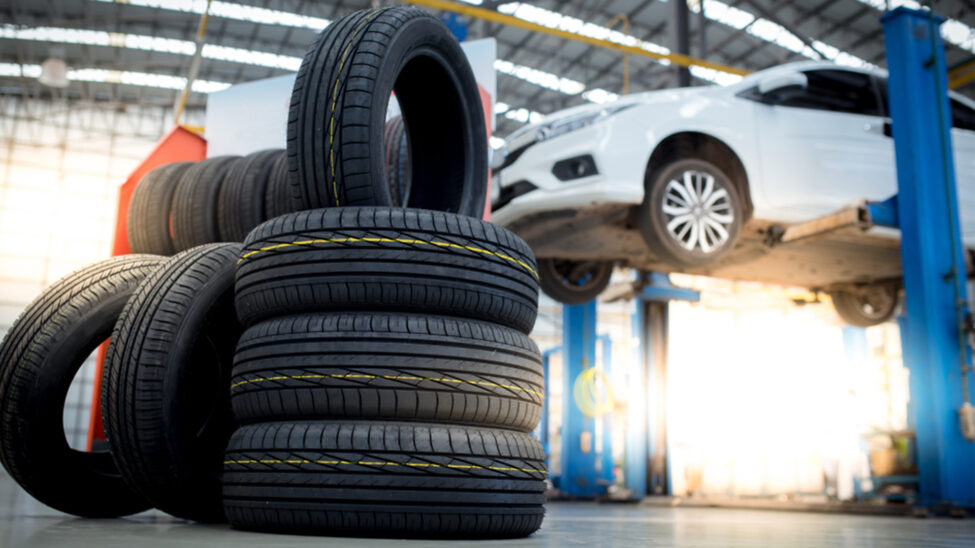
Car tire pressure
Is Your Car Tire Getting The Right Pressure?
Checking the pressure of the tires is among running the most important car care. Checking your safety while on the road and at the same time making you save on your fuel, the rate of your tires wear and tear and making is making your car more efficient. If you drive with the wrong recommended pressure for your tires, you’ll be losing handling, having moderate tire wear and even dangerous blowouts. This blog will explain how you can make sure that your tires always have sufficient air inside them, and the perks which come from it.
Why do we always tell you to make sure that your tires are well inflated?
Having the correct tire pressure can affect multiple aspects of your driving experience, including:
- Safety: An underinflated tyre is more prone to blowouts; if overinflated, can reduce traction and handling, especially on wet pavement. An incidence will result either from a very high fire or no fire at all.
- Fuel Efficiency: Having wheels that are poorly inflated increases a force of resistance pushed against by the tires but increases the effort of your engine and eats into your gas. This means that in fact keeping your tires at the perfect pressure can really help your fuel economy.
- Tire Longevity: Getting more miles out of new tires is something you can do not reading these specs but they’ll do it very unevenly and you’ll need to change them more often. It’ll help balance the wear on your tires, which means they’ll last longer.
- Vehicle Handling: That’s putting it another way: The car can really do what it’s supposed to do — direct, brake, and steer with good stability if the right inflation pressure of tires is in place.
How to Check Tire Pressure
Monitoring the tire pressure to ensure optimum rolling resistance is absolutely nothing that can be as simple or cheap…whether at home or the service station. Here’s how you can do it in a few easy steps:
- How To Know When Your Tire Pressure Is One That You Should Be Aware Of.
For this exercise first you should be sure of the right tire pressure for your car in question. If you don’t see this information in your car’s owner’s manual, on a sticker in the driver’s door, or sometimes inside the fuel cap, you should be able to. Every car will have the specified pressure as based on the size and type of tire that is installed in the car and pressure in PSI (pounds per square inch).
The recommended tire pressure that you may be recommended could differ for both the front and back wheel or specifically the SUV or trucks.
- Get a Tire Pressure Gauge
In order to check your tire pressure you will need to own a tire pressure gauge in order to do so. These can be bought cheap at the auto store or from the internet. There are two main types of gauges: digital and analog. Still, digital gauges are slightly easier to read than the analog due to it giving out a more accurate value.
If you don’t have a gauge, you can perhaps find it at a petrol station which has built in gauges at air pump stations — it’s always easier having one of your own.
- If so you should be checking the tire pressure on the tires when they are cold.
The pressure of the tire will be affected by temperature. But if you have been driving, (you’ve) got hot tires, and if you gauge a hot tire, you are going to have to wrong reading. Tire pressure should be considered when tires are cold that is 3 hours after last running the car or it has traveled 3 kilometers. - Valve Cap Remove, and Record Pressure Value
Twumat the valve cap of your tire and stick the tire pressure gauge over the valve stem of the tire. If you press it down you’ll hear a faint hissing sound and the gauge will spit out the value. If you have a digital gauge, the number will be shown on the screen and if you have an analog gauge you must read the needle from the dial.
Digital meter to read please and check to see how the result compares with the recommended tire pressure. If your tires are too flat you need to put air into the tire. If they are over inflated you’ll have to deflate some of it.
- Add or Release Air as Needed
On the other hand, the petrol station or, for that matter, an at home air compressor to inflate your tires. Attach the air compressor to the valve and pressurize the tires to proper air pressure. If you don’t know what the right amount of pressure is, some air pumps have a button on them in which you can set the PSI you want the tires inflated at and the machine does the work for you.
In order to reduce pressure in an overcovered tire one should press the valve stem with the back end of the tire pressure gauge or by nail. After air has been gotten rid of it’s advisable to check again the pressure to ensure that it’s okay.
- Replace the Valve Caps
Finally you need to screw the valve caps back when you are done with the pressure. The cap on the valve is important as protection from dirt, moisture and without it you can develop a slow air leakage.
When should you check your Tire Pressure?
You are then encouraged to check your tire pressure once a month. You also want to check it before long trips, or if there’s any noticeable change in your tire’s performance.
Check out 10 easy tips to make sure you keep your car as clean and fresh as possible!


